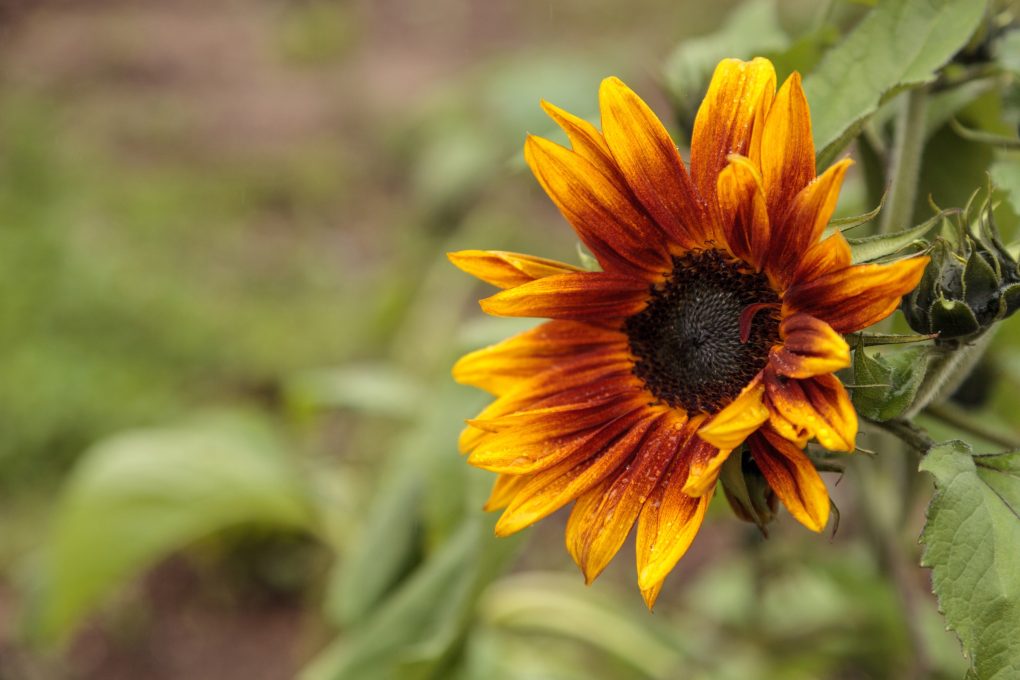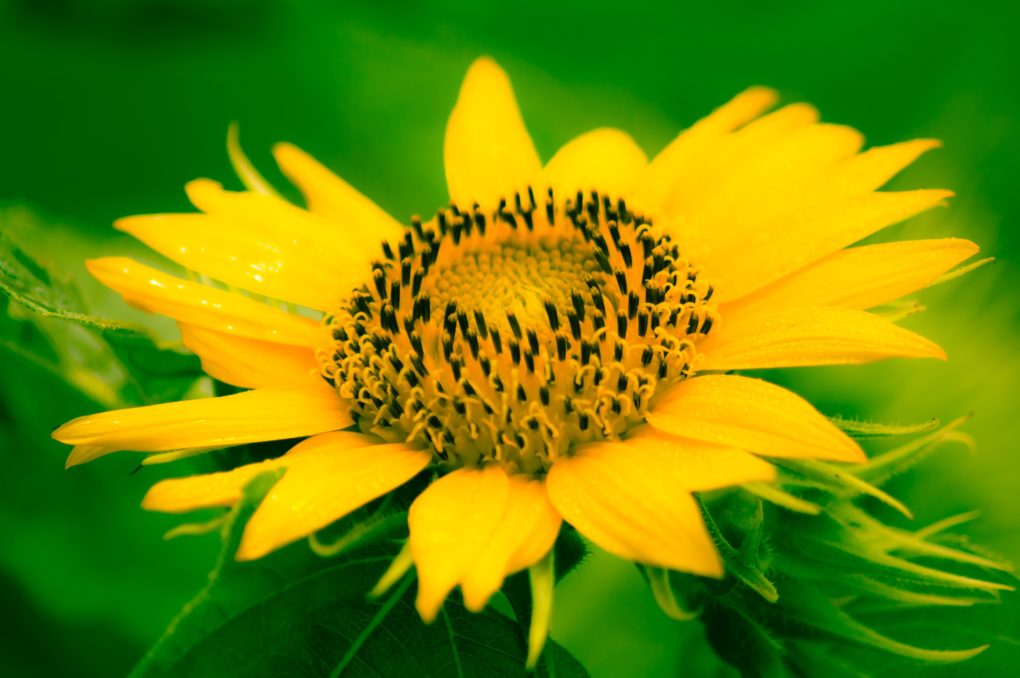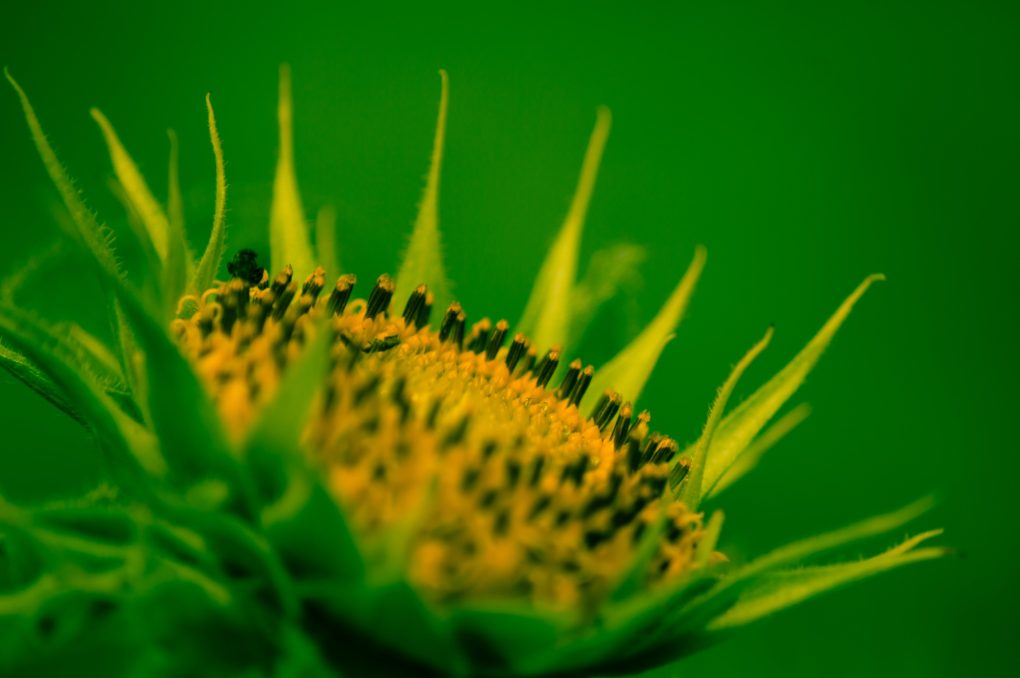Are Dwarf Sunflowers Perennials? A Quick Guide
Dwarf sunflowers are not perennials; they are annuals. This means they complete their entire life cycle, from germination to producing seeds, within a single growing season, and then die.

As annual plants, dwarf sunflowers must be replanted yearly for continued growth. However, they mature more quickly than their larger relatives and can still provide a vibrant burst of color in gardens, pots, or flower arrangements during their relatively short lifespan.
Table of Contents
Understanding the Life Cycle of Dwarf Sunflowers

Dwarf sunflowers are beautiful plants that bring color and joy to any garden. To fully appreciate these lovely blooms, it’s important to understand their life cycle. This section will explore the stages of a dwarf sunflower’s life, from seed to seedling to mature plant.
1. Seed Stage
The life cycle of a dwarf sunflower begins with a tiny seed. These seeds are usually obtained from reputable nurseries or garden centers. Before planting, it’s essential to prepare the soil by loosening it and removing any weeds or debris. Once the soil is ready, the seeds can be sown.
Tip: Sow the seeds directly into the ground or start them indoors in pots, depending on the climate and growing conditions.
2. Germination and Seedling Stage
After planting the seeds, the germination process begins. The seeds require moisture, warmth, and sunlight to sprout. Keep the soil consistently moist but not soggy. The seeds will typically germinate within 7 to 10 days in favorable conditions.
Once the seeds have sprouted, tiny seedlings emerge from the soil. At this stage, they are delicate and vulnerable. Protect the seedlings from extreme weather conditions and provide ample sunlight to encourage healthy growth.
3. Vegetative Stage
As the seedlings mature, they enter the vegetative stage. The plant focuses on leaf development and strengthening its stem during this phase. The leaves become larger and more abundant, allowing the plant to absorb sunlight for photosynthesis.
Regular watering, fertilization, and adequate spacing between plants are crucial during the vegetative stage. Support, such as stakes or trellises, may be necessary to prevent the dwarf sunflowers from bending or breaking under their weight.
4. Flowering Stage
The flowering stage is undoubtedly the most enchanting phase of a dwarf sunflower’s life cycle. After a few weeks of growth, the plant produces vibrant and cheerful blooms. The flowers are typically yellow or gold, with a dark center.
It’s essential to provide adequate water and continue fertilization during this stage. Deadheading the faded flowers can prolong the blooming period and encourage the plant to produce more flowers.
5. Seed Production and Harvesting

As the flowers fade and die, seed production begins. The sunflower heads develop seeds, which mature and dry out over time. Once the seeds have turned brown and feel firm, they are ready for harvesting.
Cut the sunflower heads from the plant and hang them upside down in a dry, well-ventilated area to allow the seeds to fully dry. Once dry, the seeds can be removed from the flower heads and stored in a cool, dry place for future planting or consumption.
Understanding the life cycle of dwarf sunflowers allows you to appreciate the journey these remarkable plants undertake, from tiny seeds to glorious flowers. By providing the right care and attention at each stage, you can enjoy the beauty of dwarf sunflowers in your garden year after year.
